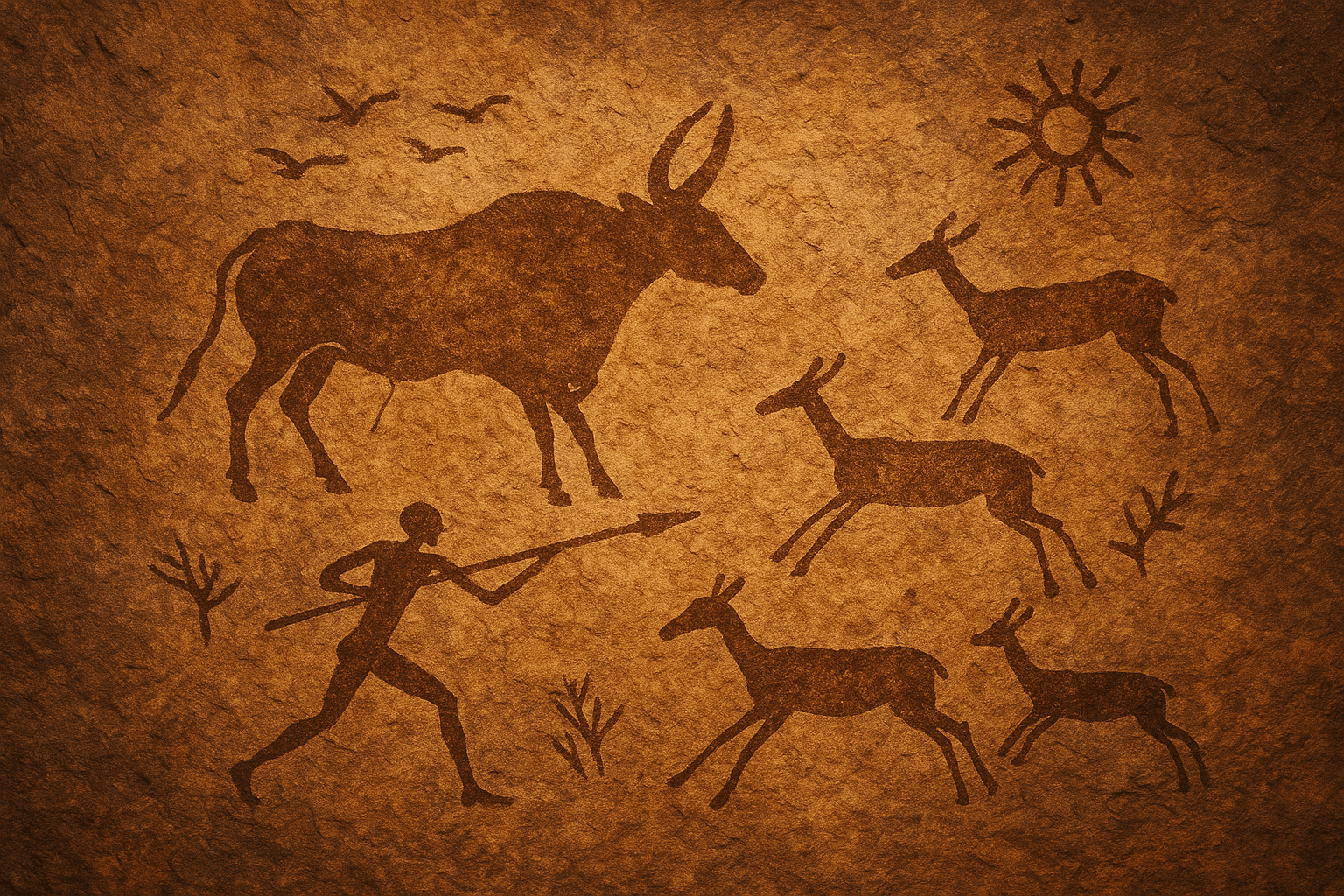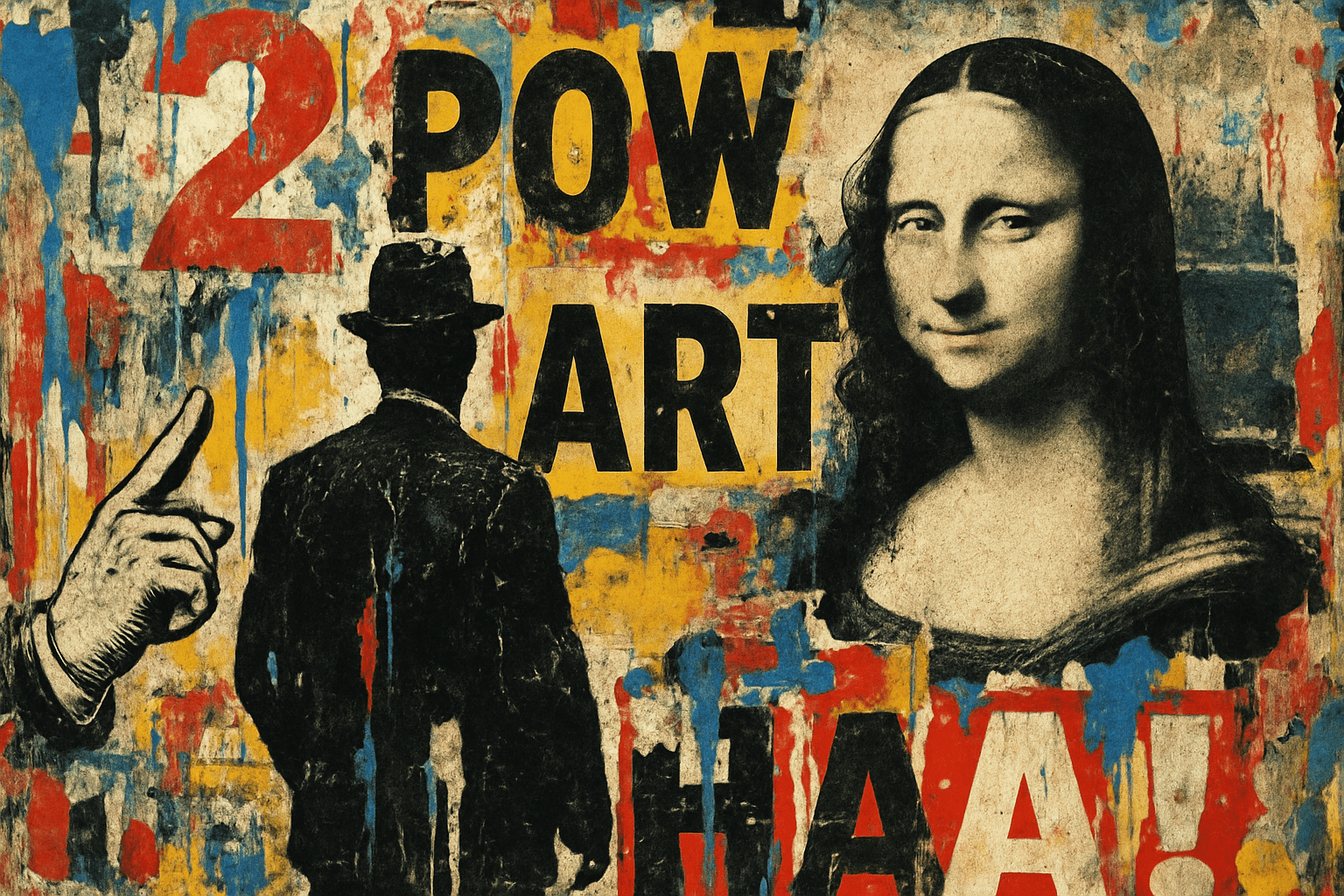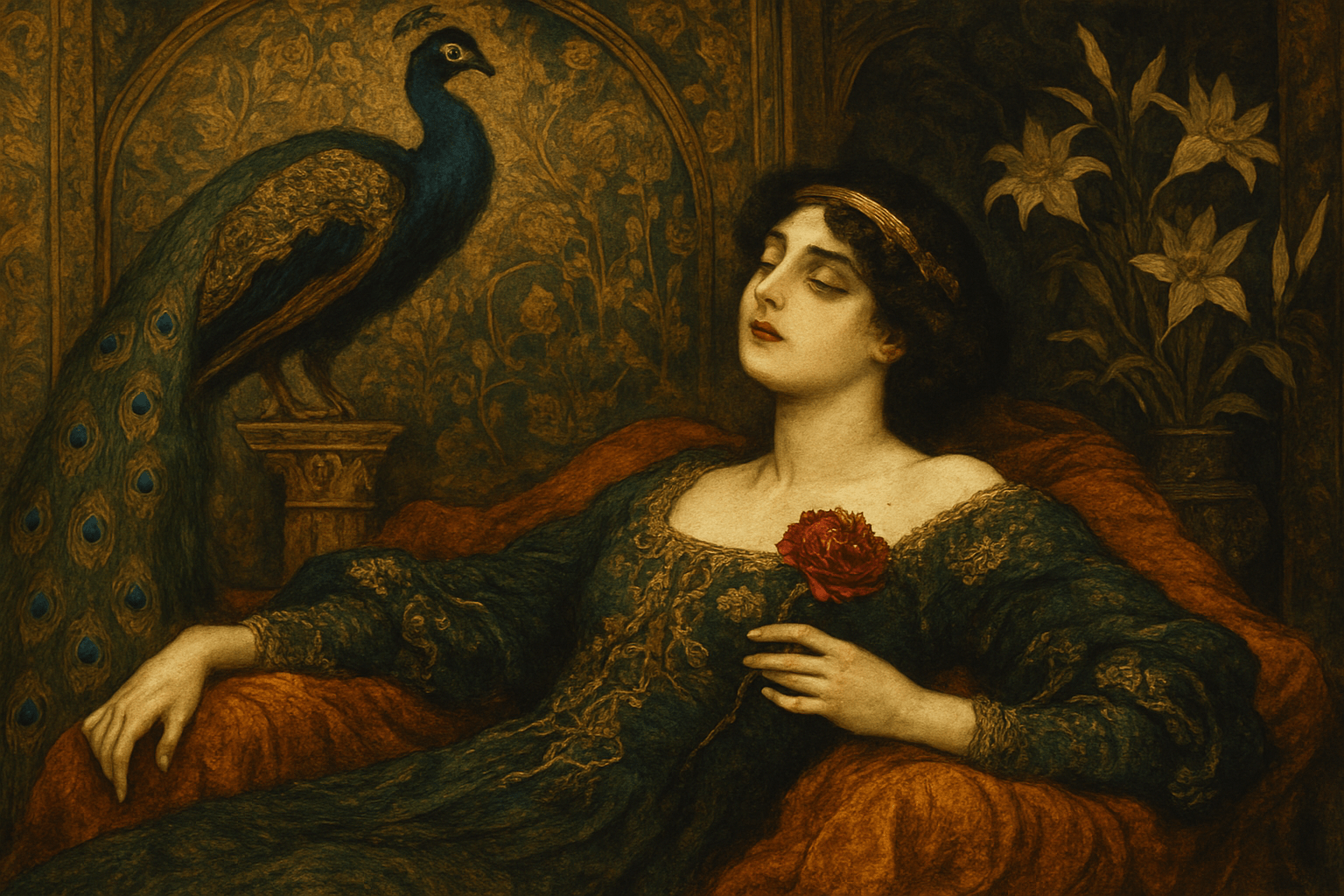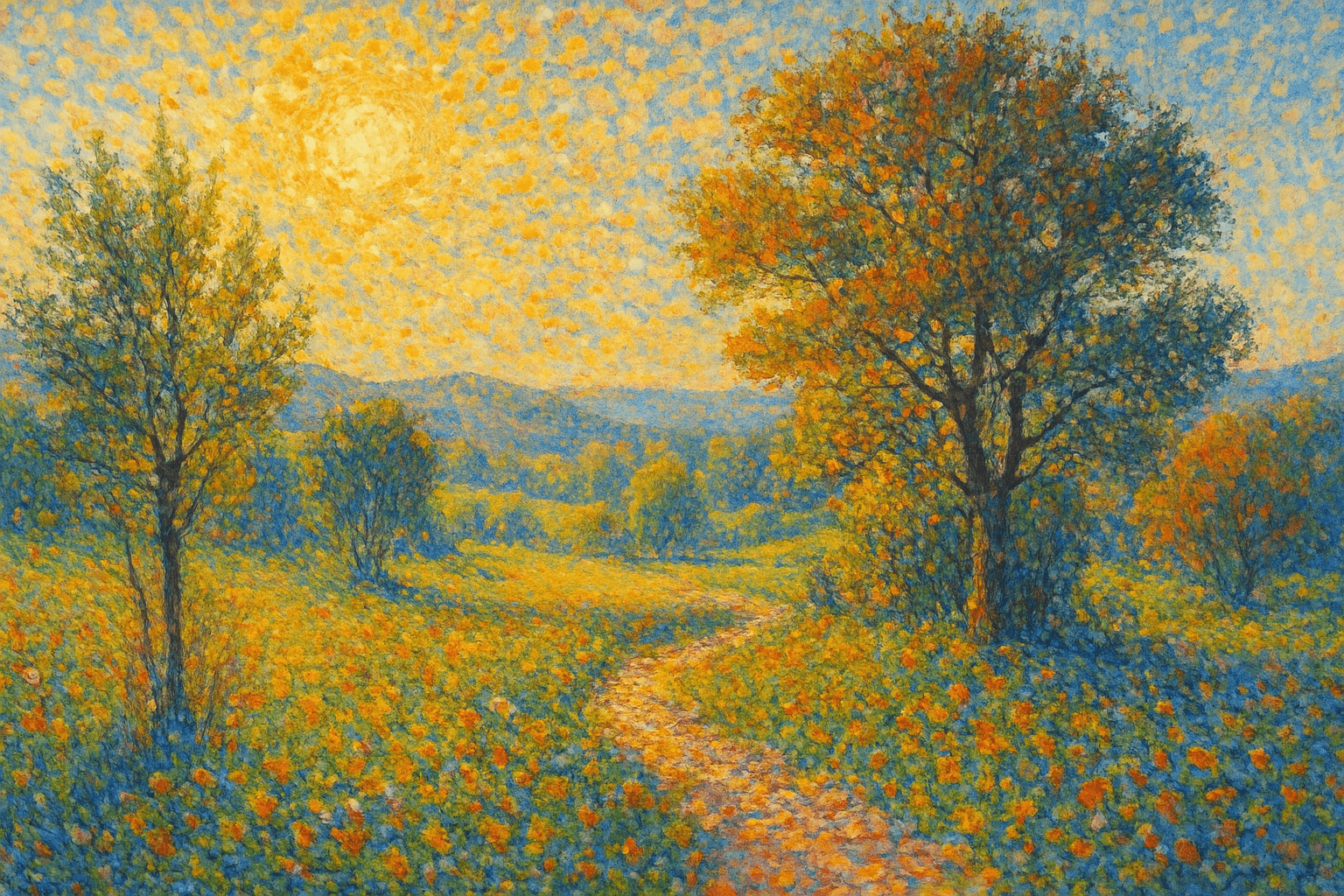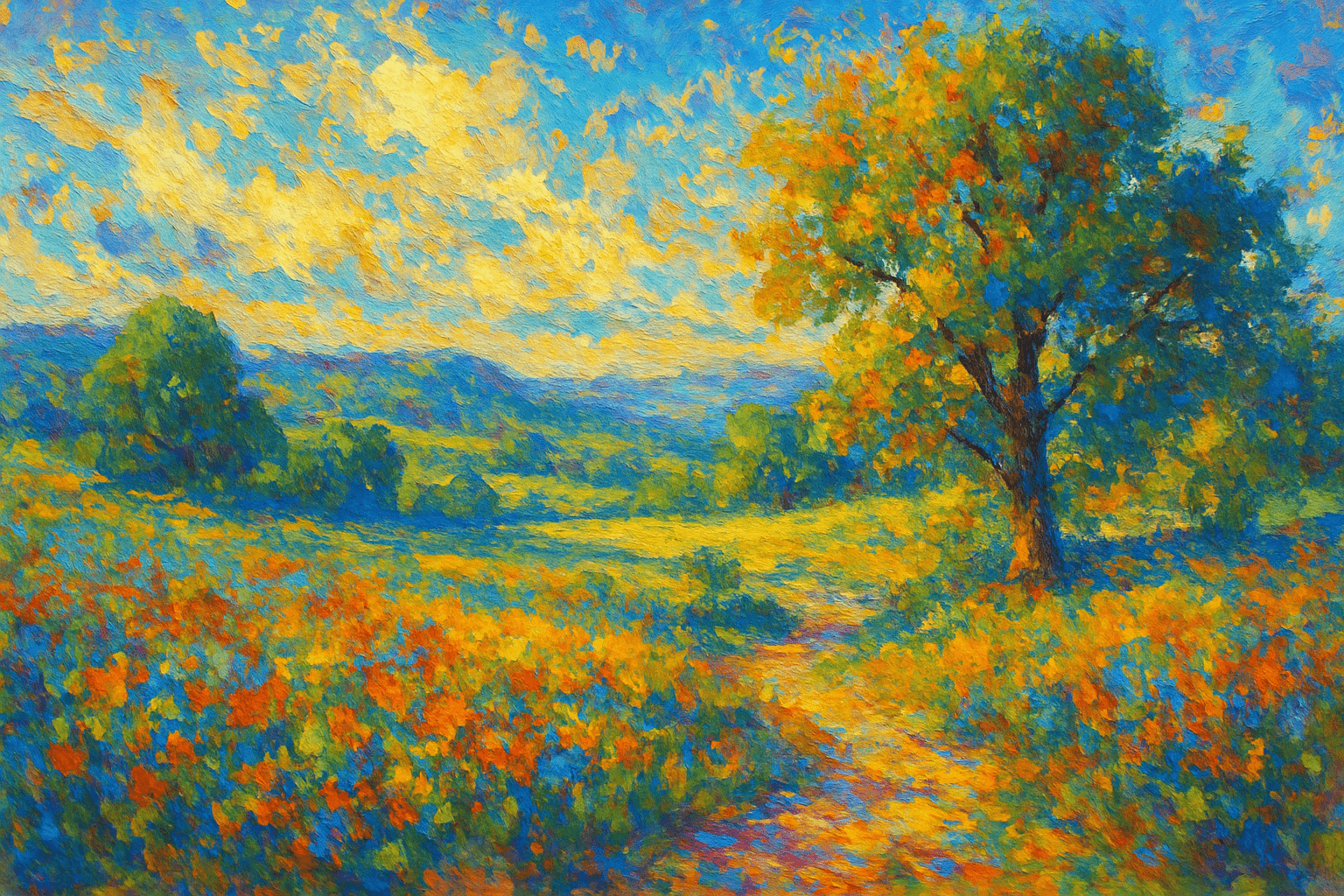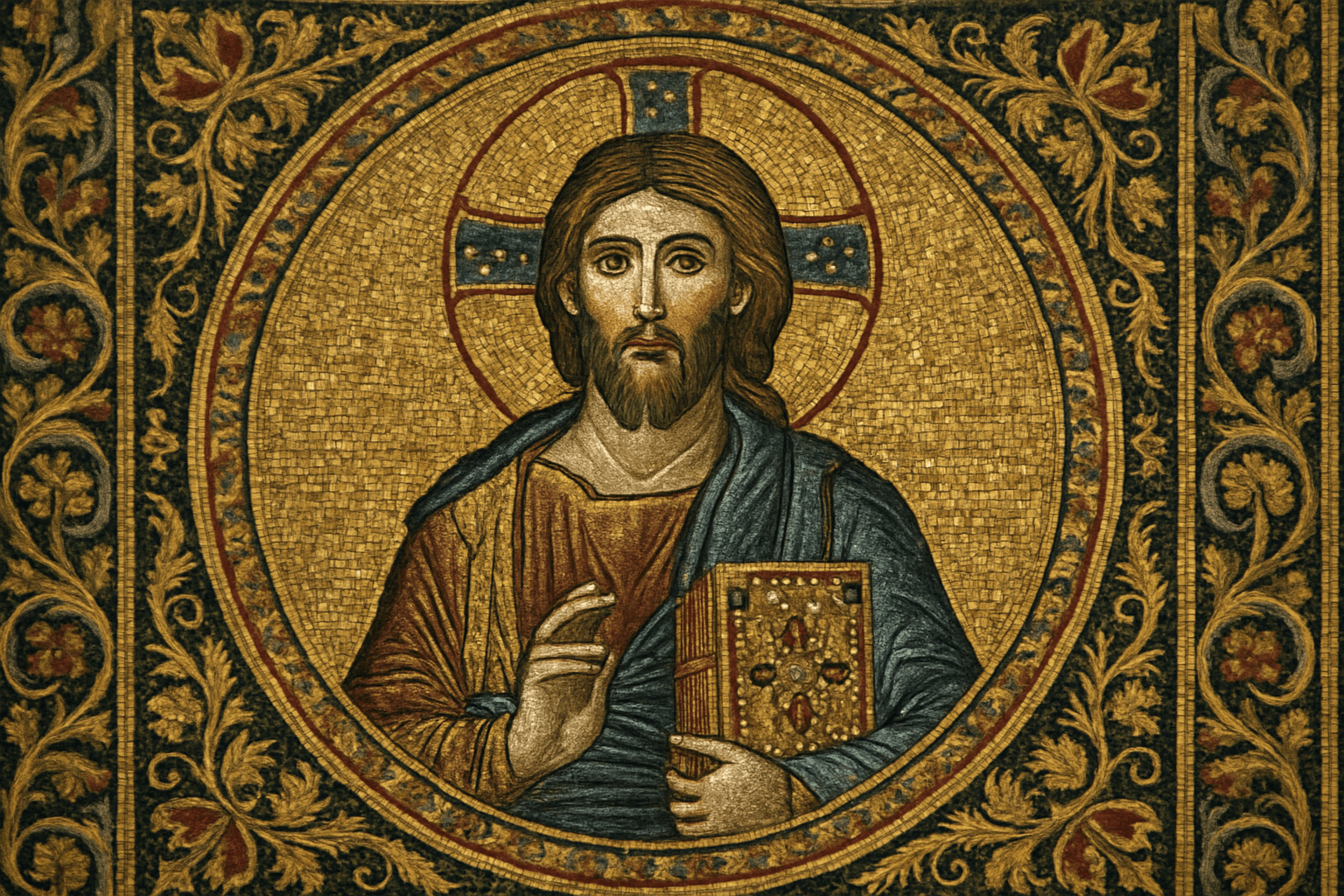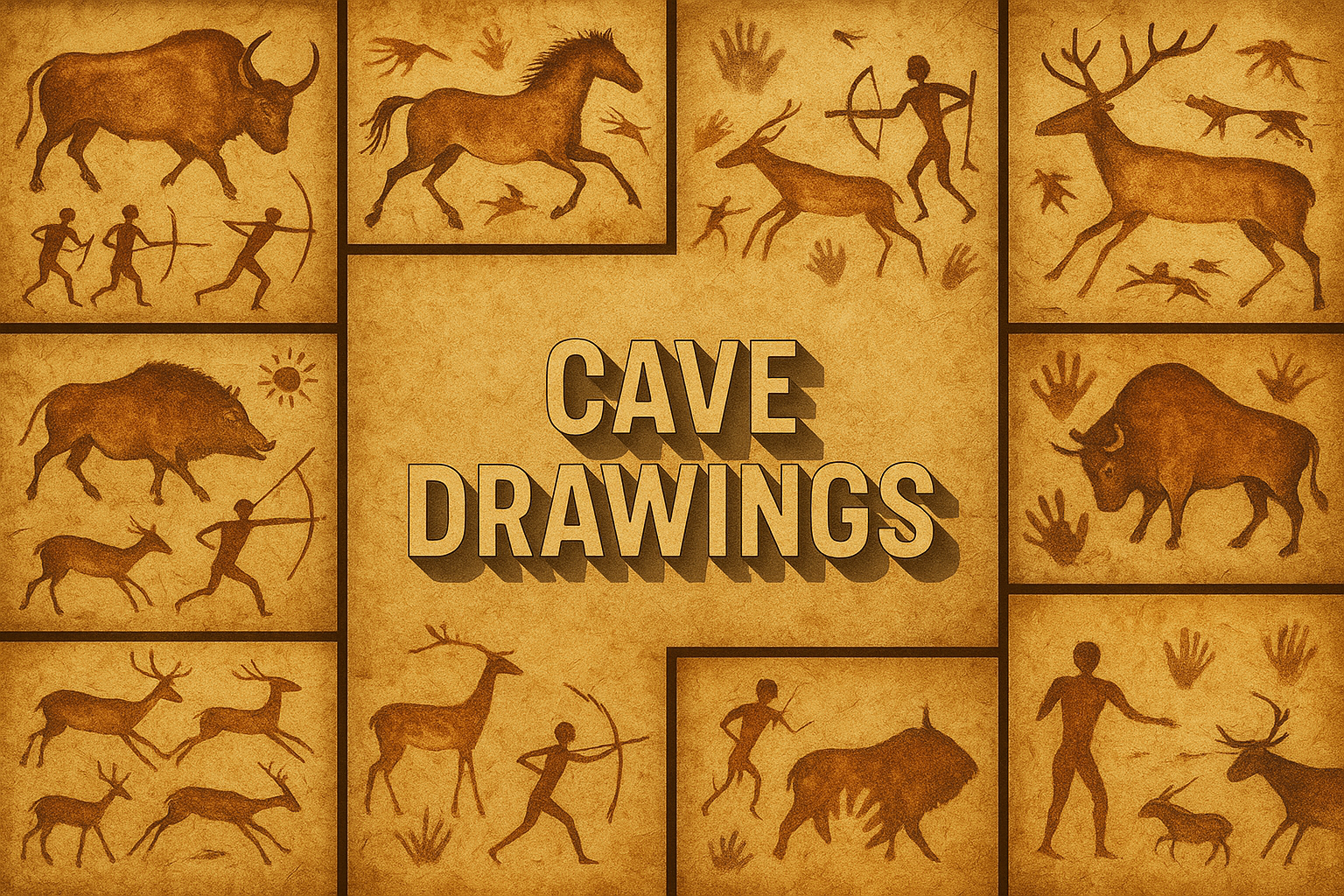
Cave Drawings
Cave drawings are usually simple line drawings. They may be drawn in one color or in many colors.
AOI thinking about Cave Drawings [+_~]-/
Overview and Quickfacts
Cave drawings are a type of prehistoric art that was created by early humans. These drawings were typically done in charcoal or other dark-colored pigments, and were often found on the walls of caves. Cave drawings have been found all over the world, and often depict animals or other aspects of the natural world.
Can understand it also, as:
rock paintings, cave paintings, stone age paintings, prehistoric paintings
Categorize it as:
Impressionism, Modernism
.: Dreaming :.
holds a HAIKU for the art style
:. Thought is power .:
Detailed Description
Cave drawings are some of the oldest and most fascinating pieces of art in the world. These drawings were created by early humans who lived in caves, and they provide a window into the lives and thoughts of these ancient people. Cave drawings have been found all over the world, including in Europe, Africa, and Asia. Some of the most famous cave drawings are the Chauvet Cave drawings in France, which date back to 32,000 BC. These drawings are incredibly detailed and realistic, and they depict animals such as lions, rhinos, and buffalo. Other famous cave drawings include the Lascaux cave paintings in France, which date back to 17,000 BC. These paintings are less realistic than the Chauvet cave drawings, but they are still incredibly beautiful and evocative. Cave drawings provide a unique and fascinating glimpse into the lives of our ancient ancestors. These drawings give us insight into the way they saw the world, and they offer a window into a time that is otherwise long gone.
.. beep, beep, beep ..
<START OF TRANSMISSION>
1. Cave drawings are one of the oldest forms of human expression. 2. They are found in caves all over the world, including Europe, Africa, Asia, and the Americas. 3. Cave drawings have been dated back as far as 40,000 years. 4. The most famous cave drawings are probably those at Lascaux in France, which were discovered in 1940. 5. Cave drawings are usually made with charcoal or other dark-colored materials. 6. Sometimes, cave drawings were made using a technique called finger fluting, in which the artist would use their fingers to create lines in the soft rock. 7. Cave drawings often depict animals, hunting scenes, and daily life. 8. Some scholars believe that cave drawings were used as a form of storytelling, or to record important events. 9. Others believe that they were simply meant to be aesthetically pleasing. 10. Cave drawings have been found in a variety of different styles, depending on the culture and time period. 11. Some of the most well-known cave drawing styles include those from the Chauvet-Pont-dÃÂÃÂArc Cave in France, and the Altamira Cave in Spain. 12. In recent years, cave drawings have been increasingly threatened by tourism and development. 13. In order to protect them, many caves with cave drawings have been closed off to the public. 14. Some of the most famous cave drawings, such as those at Lascaux, have been reproduced in museums and other public spaces. 15. The study of cave drawings is known as rock art. 16. Rock art is a subfield of archaeology. 17. Many rock art scholars believe that cave drawings can tell us a lot about the people who made them. 18. For example, some believe that the animals depicted in cave drawings may have been totems, or symbols of important concepts or beliefs. 19. Others believe that the way cave drawings are composed can tell us about the artistsÃÂÃÂ sense of aesthetics and their understanding of space. 20. Cave drawings are an important part of human history, and continue to be studied by scholars all over the world.
<EOF>
.. robbel bob
Visual Examples from our image gallery
Coming soon, we are so slow .. might never come
Artists, Paintings, and more
(be aware, can be highly speculative)
Artists (be aware, speculation possible):
1. Lascaux Cave Paintings (c. 15,000 BCE) 2. Chauvet-Pont-d’Arc Cave Paintings (c. 30,000 BCE) 3. Altamira Cave Paintings (c. 16,000 BCE) 4. Creswell Crags Cave Paintings (c. 12,000 BCE) 5. Cosquer Cave Paintings (c. 27,000 BCE) 6. Pech Merle Cave Paintings (c. 25,000 BCE) 7. Cougnac Cave Paintings (c. 13,000 BCE) 8. Niaux Cave Paintings (c. 12,000 BCE) 9. Font-de-Gaume Cave Paintings (c. 13,000 BCE) 10. Chauvet Cave Paintings (c. 30,000 BCE) 11. Twyfelfontein Cave Paintings (c. 5,000 BCE) 12. Apollo 11 Cave Paintings (c. 25,500 BCE) 13. Klasies River Mouth Cave Paintings (c. 100,000 BCE) 14. Diepkloof Rock Shelter Cave Paintings (c. 60,000 BCE) 15. Blombos Cave Paintings (c. 75,000 BCE)
Artworks (be aware, speculation possible)
1. The Great Cave of Lascaux ÃÂÃÂ France (15,000 BCE) 2. Chauvet Cave ÃÂÃÂ France (30,000 BCE) 3. Altamira Cave ÃÂÃÂ Spain (18,000 BCE) 4. Creswell Crags ÃÂÃÂ England (13,000 BCE) 5. Cosquer Cave ÃÂÃÂ France (27,000 BCE) 6. Pech Merle ÃÂÃÂ France (25,000 BCE) 7. Swabian Jura ÃÂÃÂ Germany (40,000 BCE) 8. Hohle Fels ÃÂÃÂ Germany (40,000 BCE) 9. Klasies River Mouth ÃÂÃÂ South Africa (100,000 BCE) 10. Blombos Cave ÃÂÃÂ South Africa (77,000 BCE) 11. El Castillo ÃÂÃÂ Spain (39,000 BCE) 12. Tito Bustillo ÃÂÃÂ Spain (18,000 BCE) 13. Cueva de las Manos ÃÂÃÂ Argentina (13,000 BCE) 14. Chauvet-Pont-d’Arc ÃÂÃÂ France (30,000 BCE) 15. La Pasiega ÃÂÃÂ Spain (16,000 BCE)
Epoch
The art style Cave Drawings dates back to the Paleolithic era.
AI ART RESSOURCES (AKA, well Tools)
Helping tools -> predefined search links on other pages:
